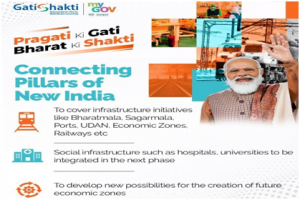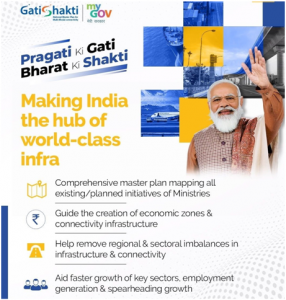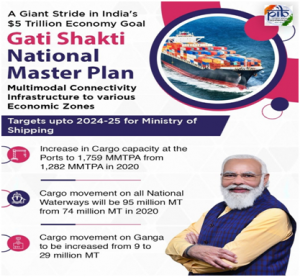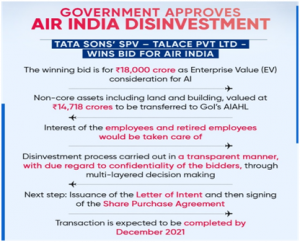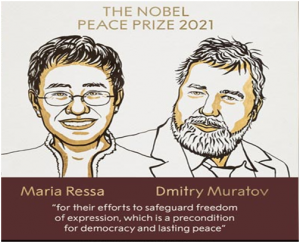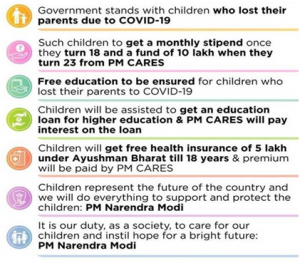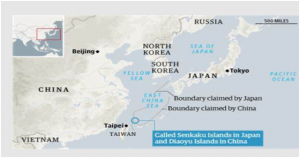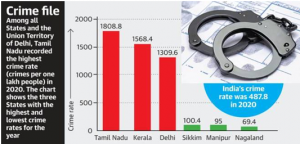THE RULE OF LAW VS THE RULE BY LAW
| “The “Rule of Law” is what we fought for; the “Rule by Law” is an instrument of colonial rule. In the face of a pandemic, it’s important to reflect on how the tension between the two defines the quality of justice.”
———- Chief Justice N.V. Ramana |
THE CONTEXT: On June 30th, 2021, Chief Justice N.V. Ramana delivered the 17th Justice P.D. Desai Memorial Lecture on the “Rule of Law”. According to CJI, regular participation in polls was not a guarantee against the tyranny of the elected. In his speech, he underscored the pressure of social media on institutions. Identifying Covid-19 as “an unprecedented crisis”, CJI urged the governments to evaluate how they used the rule of law or failed to ensure protection to, and, the welfare of all of our people. This article provides insights into the lecture on the Rule of Law vs. the Rule by Law.
IMPORTANT EXCERPTS OF THE LECTURE
| JOURNEY FROM RULE BY LAW TO RULE OF LAW |
|
| CONSTITUTION AND RULE OF LAW |
|
| ADVICE TO JUDICIARY | v For the judiciary to apply checks on governmental power and action, it has to have complete freedom. The judiciary cannot be controlled, directly or indirectly, by the legislature or the executive, or else the Rule of Law would become illusory.
v Judges should not be swayed by the emotional pitch of public opinion, which is getting amplified through social media platforms. Judges have to be mindful of the fact that the noise thus amplified is not necessarily reflective of what is right and what the majority believes in. v Social media is incapable of distinguishing between right and wrong, good and bad, and the real and fake. Therefore, media trials cannot be a guiding factor in deciding cases. It is therefore extremely vital to function independently and withstand all external aids and pressures. v The ultimate responsibility of a judge is to uphold the Constitution and the laws. Reason, reasonableness, and protection of human dignity are the values that will serve us well. |
| THE ROLE OF LAWYERS |
|
| THE ROLE OF SOCIETY |
|
4 CORE PRINCIPLES OF RULE OF LAW
| PRINCIPLE | DETAILS | ANALYSIS/PRESENT STATUS |
| ‘LAWS MUST BE CLEAR AND ACCESSIBLE’ |
|
|
| “EQUALITY BEFORE THE LAW” |
|
|
| “RIGHT TO PARTICIPATE IN THE CREATION AND REFINEMENT OF LAWS” |
|
|
| “STRONG INDEPENDENT JUDICIARY” |
|
|
THE RULE OF LAW BY DICEY
- A detailed analysis of the concept of Rule of Law was done by Professor A.V. Dicey who in his book “Introduction to the Study of the Law of the Constitution” published in the year 1885 tried developing the concept of Rule of Law.
- Dicey’s theory of Rule of Law consists of three basic principles:
- The supremacy of law
- Equality before law
- The predominance of Legal Spirit
THE EVOLUTION OF THE RULE OF LAW
|
DIFFERENCE BETWEEN RULE OF LAW AND RULE BY LAW
| RULE OF LAW | RULE BY LAW | |
| DEFINITION |
|
|
| ORIGIN |
|
|
| THE CONCEPT |
|
|
RULE OF LAW AND INDIAN CONSTITUTION
- In India, the concept of Rule of Law can be traced back to Upanishads. Its traces can also be found in the epics like Mahabharata and Ramayana, Ten Commandments, Dharma Chakra, and other seminal documents.
- The Preamble to the Indian Constitution mentions Justice, Liberty, and Equality.
- Articles 13, 14 and 21 of the Indian Constitution promote equality although there are exceptions as we
JUDICIAL PRONOUNCEMENTS ON RULE OF LAW
| The International Congress of Jurists declared that the rule of law “is a dynamic concept which must be employed to safeguard and advance the civil and political rights of an individual in a free society.” |
- The judicial decisions have played an indispensable role to counter any arbitrariness on part of the state.
- In K. Kraipak V. Union of India the Apex Court held that ours being a welfare State, it is regulated and controlled by the Rule of Law.
- In Maneka Gandhi v. Union of India, the court ensured that the exercise of power in an arbitrary manner by the government would not infringe the rights of the people.
- The Apex Court in Indira Nehru Gandhi Vs. Raj Narain (1975) held that the Rule of Law embodied in Article 14 of the Constitution is the “basic feature” of the Indian Constitution and hence it cannot be destroyed even by an amendment of the Constitution under Article 368 of the Constitution.
- In L Chandra Kumar v Union of India, the court declared the independence of the judiciary to be a part of the basic structure and further the court struck down the amendment to article 323A of the constitution.
- The Habeas Corpus Case (1976) held that article 21 is the sole repository of Rule of law in India.
Some Exceptions:
- Articles 15 and 16, Article 105 and Article 194.
- Criminal immunity to President and Governor as mentioned in Article 361.
- Diplomatic Immunity as per the Vienna Convention.
ANALYSIS: PRESENT STATUS OF RULE OF LAW IN INDIA
- In India, the Rule of Law is not followed in stricto sensu (“In the strict sense.”). There are several instances:
- Several guidelines have been laid down by the court to curb the practice of honour killing but still, there have been numerous instances of honour killing reported. The decision on honour killing is taken by an extra-constitutional body by the nomenclature of Khap Panchayat which engages in feudalistic activities has no compunction to commit such crimes which are offences under the Indian Penal Code, 1860. No heed is paid to the basic human right of “Right to life and liberty”.
- The Sabarimala case verdict throws light upon the discretion of men in abiding by the directions given by the Supreme Court only to the point if they are analogous to the belief they hold. After the verdict massive protests were carried out, there were also occurrences of violence against women who tried to enter the temple. The women were denied their constitutional right to worship and the principles of equality were violated even after the practise was declared unconstitutional by the Apex Court.
- Another evil practise pertinent in society is that of mob lynching. Supreme Court described it as horrendous acts of mobocracy and stated that “the law is the mightiest sovereign in a civilized society”.
In fact, the present debate has started due to an increase in the incidences of RULE BY LAW like
- Internet shutdown in J&K for over one year
- The arbitrary application of laws against media and journalists
- The arbitrary application of UAPA, sedition law and NSA against protesters, dissenters, activists, etc.
- Gagging criticisms on the mishandling of covid second wave
Such developments give a feeling of an authoritarian state and not of a democratic state. The CJI in his lecture has also highlighted how the people have largely plaid their role through 17 general elections and have rejected the governments if they have failed to withstand the rule of law. No government is permanent. Hence, it is the duty cast upon the three organs to play their role in upholding the rule of law.
THE CONCLUSION: The work of ensuring complete justice can never be said to be completed. The mandate of our Constitution is to work tirelessly to surpass our expectations, to make India a country wherein rights are cherished, and which sets an example for other countries to follow.
“Desamamte Matti Kadoi, Desamamte ManushulOi”(“A nation is not merely a territory. A nation is essentially its people. Only when its people progress, the Nation progresses”)
———– Maha Kavi Gurajada Appa Rao,
